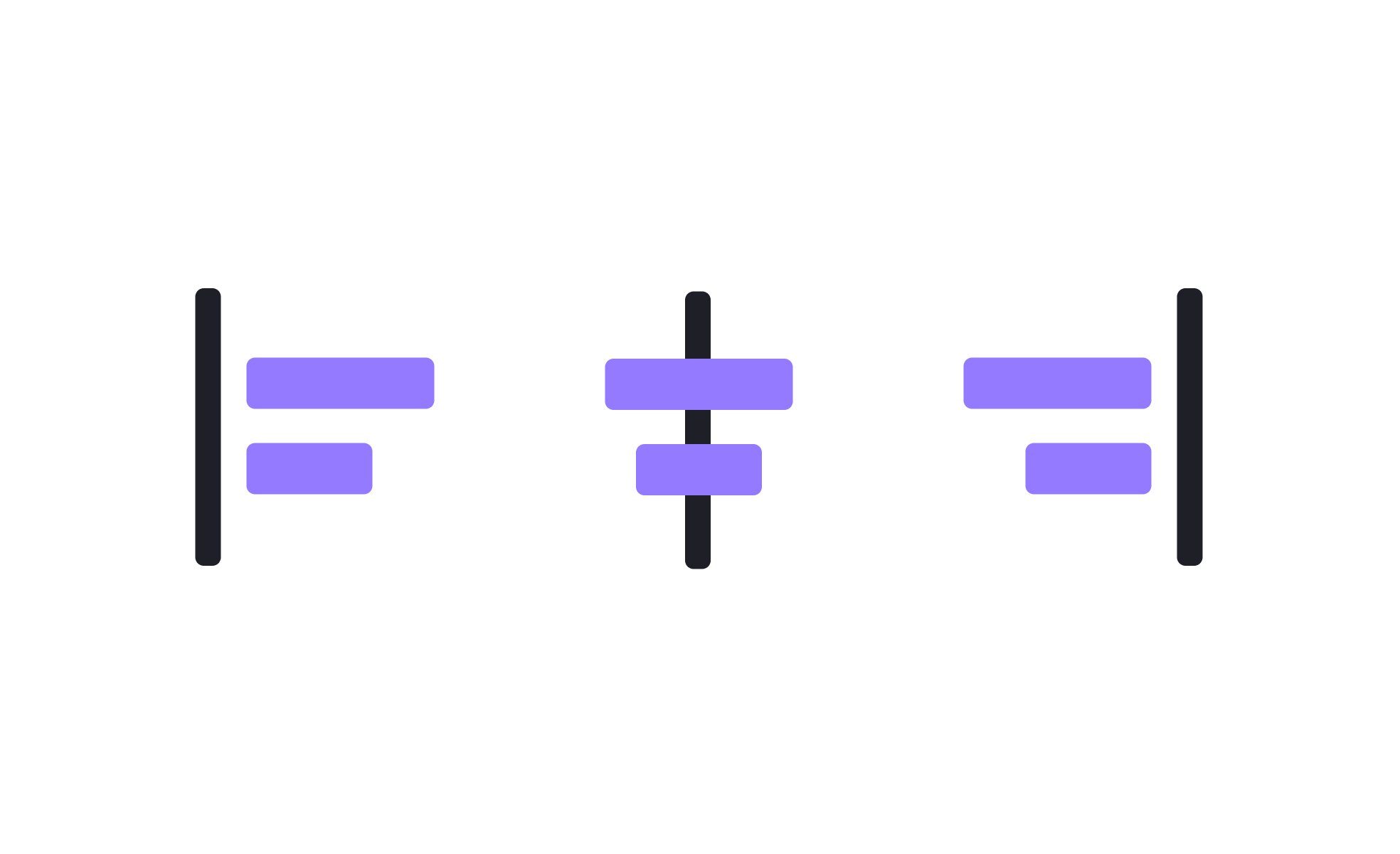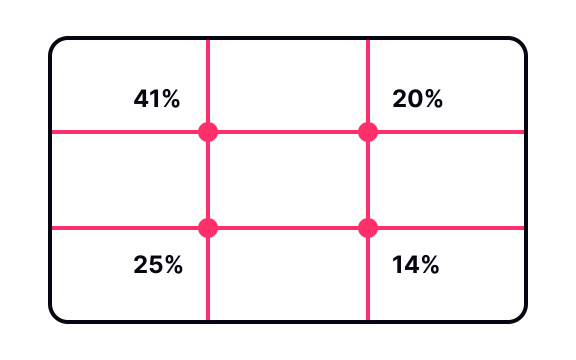Alignment
Alignment ensures visual consistency in design and strategic coordination across teams, keeping products cohesive and effective.

Alignment refers to the structured arrangement of elements or efforts to create balance, clarity, and consistency. In design, it defines how visual components relate to one another. In product management, it means ensuring teams and goals move in the same direction.
In UX/UI design, alignment shapes readability and hierarchy. Text aligned to a grid feels orderly, while misaligned elements create a distraction. Buttons, forms, and icons that share alignment improve scannability and reduce user effort.
Product managers focus on alignment in a strategic sense. Roadmaps, team priorities, and resource allocation must line up with company objectives. Misalignment often results in wasted effort, duplicated work, or conflicting initiatives.
Real-world design examples highlight its power. Platforms like Apple emphasize pixel-perfect alignment in their interfaces, making products feel professional and trustworthy. Poor alignment, by contrast, often signals low quality, even if the product functions well.
On the product side, alignment across departments can determine success. For example, if design prioritizes usability improvements while marketing pushes untested features, customers may receive mixed signals. Strong alignment ensures cohesive experiences and clearer communication.
Achieving alignment often requires shared frameworks. Designers rely on grid systems, spacing rules, and typographic standards. Product managers depend on planning rituals, OKRs, and roadmaps. Both disciplines benefit when alignment tools are documented and transparent.
Alignment also supports scalability. As teams and product portfolios grow, consistent alignment prevents fragmentation. It enables new contributors to build on existing foundations without introducing inconsistencies.
Ultimately, alignment in both visual design and organizational strategy creates unity. It makes products easier to use, teams more effective, and goals more achievable.
Key Takeaways
- In design, alignment improves clarity and readability.
- In product management, it keeps teams and goals coordinated.
- Prevents fragmentation and wasted effort.
- Relies on shared frameworks like grids or OKRs.
- Strengthens trust and consistency in user experience.
No, it covers spacing, grids, and overall composition.
Through roadmaps, OKRs, and cross-team communication.
Yes, it creates confusion, inefficiency, and inconsistent experiences.
Recommended resources
Courses

UX Design Foundations

Design Terminology

UI Components I
Lessons
Assessments
Projects

Empty State Design

#Simple.URL-Shortener (WebApp)
















